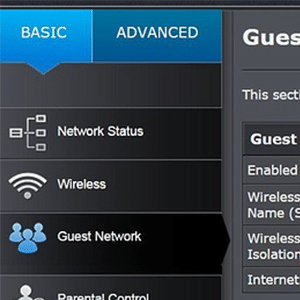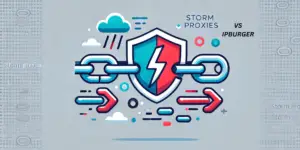In this digital world, almost everything we do requires the internet. Its impossible to stay even for ten minutes without checking your social media or even accessing anything on the internet. For availability purposes, we use WIFI routers in our houses so that we can connect efficiently to the internet. If you have been paying close attention, you will realize that every time a friend or a guest comes to your house, you will hear the question, “What’s your WIFI password?” of which you will give it out without a second thought. But that question might turn out to be a deadly risk to everything that is connecting to the internet via the router.
 Peligros de no tener una red de invitados
Peligros de no tener una red de invitados
For instance, it might occur that some of your guests or friends don’t take cybersecurity seriously. And in this case, with access to Wi-Fi, they may download files and accidentally download malware. At times their devices may be already infected with malware. When connected to your WIFI network, a malware can hop through the router and infect all the devices. If your computer is accessible via the network, the malware might even tamper with your files and cause havoc. It’s even worse when you have a party, and by the time you realize your devices are infected, it will be already too late.
Para evitar esta situación, todo lo que necesitas es una red de invitados. La mayoría de los routers admiten este modo, por lo que no tendrás que pagar otro paquete ni buscar otro router específico para invitados.
Cómo configurar correctamente una Wi-Fi para invitados
Configurar una conexión Wi-Fi para invitados es algo sencillo, todo lo que tienes que hacer es abrir la configuración de tu router y añadir una red para invitados. Para ello, proceda de la siguiente manera;
While connected to your router, open your browser and type your router’s IP address in the URL/address bar. Typically, the router IP address will be 192.168.1.1 or 192.168.0.1 or 192.168.100.1, to be sure, check your router’s manual. Click go after entering the IP address, and a dialogue box with the admin username and password fields will appear. If you didn’t change the username and password, check the credentials on your router or in the manual. It’s recommendable to change these credentials for enhanced security.
Una vez que hayas iniciado sesión, aparecerá la página de panel de control/configuración de tu router, y todo lo que tienes que hacer es encontrar la sección Red de invitados y activarla.
 Configuración de la red de invitados
Configuración de la red de invitados
Se trata de ajustes esenciales que garantizarán la seguridad de su red de invitados, así como de su red WIFI principal. Las condiciones pueden variar en función del router de que se trate;
- SSID/Nombre de red - Este es el nombre de la red de invitados y se mostrará en la lista de conexiones disponibles en cualquier dispositivo que esté cerca de su router.
- Establece una clave precompartida WPA o una clave de red: estos son otros nombres (de red) para el término contraseña. Asegúrate siempre de establecer una contraseña fuerte y segura, esta la puedes anotar para evitar que todo el mundo te pregunte la contraseña una y otra vez. Asegúrate de que es diferente de la que utilizas en tu red WIFI principal.
- Authentication – This will tell the router the level of security to be used. The first option is always ‘Open Access,’ and this doesn’t require a password. Avoid this option at all times because not only guest will be able to use your WIFI, but also everyone within your router’s proximity. The other options will require passwords and will also dictate the authentication to be used. They include; WPA2-PSK or WPA2-Personal. in some routers these options will prompt you to select the encryption level, choose AES. Others will implement encryption accordingly.
- Tiempo de acceso - Esta es una de las mejores cosas de una red de invitados. Este ajuste limita la cantidad de tiempo que estará encendida. Por ejemplo, puedes anticipar cuánto tiempo se quedarán tus invitados y configurarlo para unas pocas horas.
- Acceder a recursos de Intranet/Red - Por motivos de seguridad, deberías desactivar esta opción. Esto significa que nadie podrá acceder a los recursos de tu red principal (dispositivos domésticos conectados).
Lastly, always use a VPN, some guests might have malicious intents.
 Peligros de no tener una red de invitados
Peligros de no tener una red de invitados Configuración de la red de invitados
Configuración de la red de invitados

